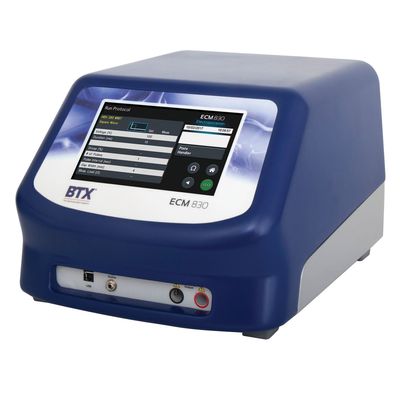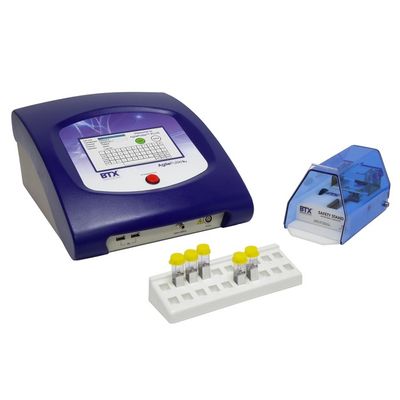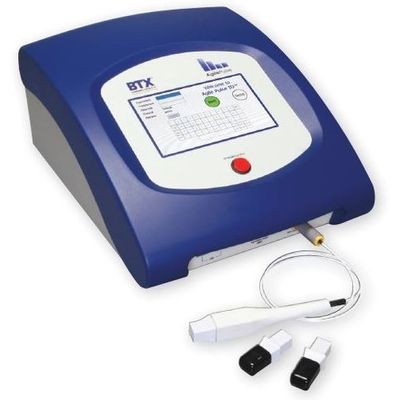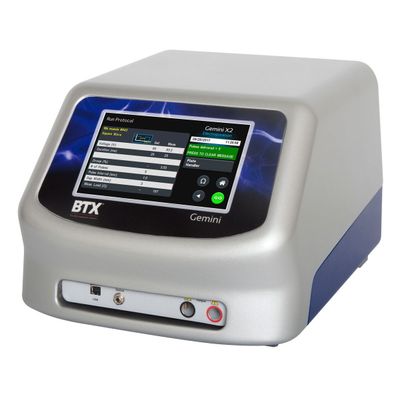
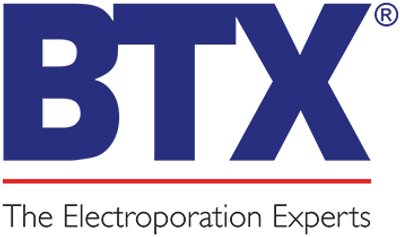
BTX - Harvard Bioscience, Inc. products
Electroporation Systems
BTX - Square Wave Electroporation System
The ECM 830 is a versatile electroporation system suitable for applications for gene, drug and protein delivery including: CRISPR, mammalian cells, in vivo, ex vivo, in ovo tissue, ex plant and nuclear transfer.
AgilePulse - Bipolar Transfection System
Easily perform advanced transfection protocols with multiple groups of pulses—each with separate parameters. The AgilePulse™ PLUS Bipolar Transfection System is designed for efficient transfection of mammalian cells and tissues. This system is ideal for high efficiency transfection of mammalian cells, including difficult to transfect cell types, such as stem cells and primary cells. It is also suitable for scale up to large volume electroporation for applications such as large-scale creation of engineered cells and large-scale protein expression.
AgilePulse - In Vivo Electroporation System
The AgilePulse In Vivo System, used for animal immunization, vaccine development, and gene therapy, provides an intra-muscular, intra-dermal, or intra-tumor electroporation solution to produce maximum transfection efficiency. Traditional in vivo nucleic acid delivery systems, such as gene gun delivery, suffer from poor efficiency. The AgilePulse In Vivo System effectively introduces DNA or RNA into the target tissue, representing a powerful and safe means for stimulating an immune response that recognizes and eliminates target molecules in the body.
BTX - Twin Wave Electroporators System
The Gemini Twin Wave Electroporators are flexible systems allowing both square wave and exponential decay wave electroporation in a single unit. Ideal for all of your electroporation needs, including CRISPR, in vivo, in vitro, in ovo and more. Systems for cuvettes or plates. These waveform combinations enable researchers to easily and efficiently electroporate eukaryotic and prokaryotic cells in cuvettes or plates with one easy-to-use setup. Prokaryotic cells typically respond well to exponential decay wave pulses and eukaryotic cells are transfected most efficiently with square wave pulses. Combining these two waveforms gives researchers total flexibility to achieve the highest efficiency for their applications.

